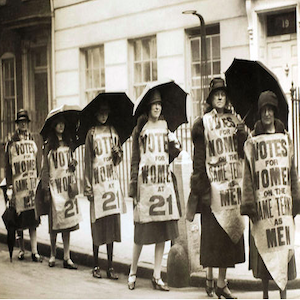Browse Website Reviews
Discover quality websites on a range of topics and time periods. If a website link is no longer active, consult this guide to website URL paths for tips on locating the original resource.

Historic Government Publications from World War II
Easy to use, chockful of useful content, and easy to access even when offline, Historic Government Publications from World War II shows that repositories do not need to be overly complicated to achieve good things.The Abolition of Slavery Project
By breaking up the site into different areas of focus, such as enslavement itself and abolition, it allows itself to be easily navigable by students and scholars alike.
Chinese Text Project
largest database of pre-modern Chinese text digitally available...[which] focuses specifically on pre-Qin and Han dynasty works, as well as post-Han dynasty texts.Lynching in the United States: 1883-1941
...this source expands the subject of lynching's to include other minority groups in the US beyond black Americans, as well as white Americans.
Colonial North America at Harvard Library
Colonial North America at Harvard Library is an ambitious project that seeks to digitise Harvard’s vast collection of materials related to the North American colonies, circa the 17th and 18th centuries.
The Letters of Marie Mancini
The site’s great strengths currently lie in its annotated translations and ease of use, with the team having obviously given some thought to how users might want to explore these letters.
The Blavatnik Archive
...the Blavatnik Archive site does a great job of ensuring that a range of important archival material can be accessed by anyone with an internet connection
A Colony in Crisis: The Saint Domingue Grain Shortage of 1789
...the site’s method of limiting each translated entry to about 1000 words is a great way to foster greater engagement with these sources without being too much to handle at once.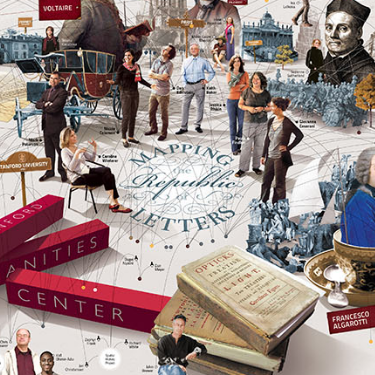
Mapping the Republic of Letters
Browsing the site, users are able to gain a deeper appreciation for how data visualisation can help academics examine previously well-known and well-utilised primary sources in new, innovative ways.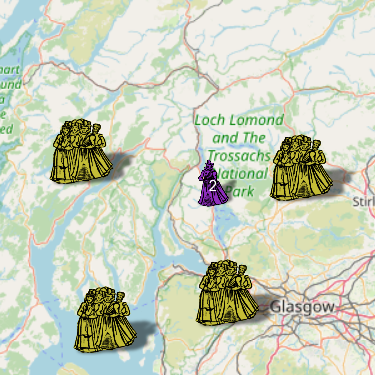
Witches
Witches is well-conceived and equally well-presented project that takes our understanding of Scottish witchcraft one step further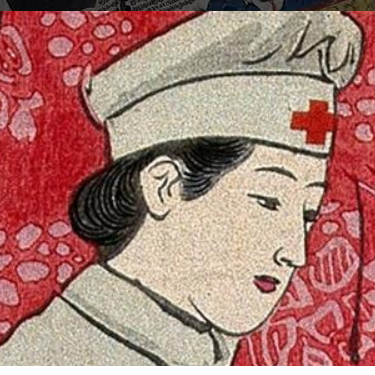
History of Medicine and Medical Humanities
...the Portal team are doing an excellent job of making the site a one-stop resource for everyone interested in the medical humanities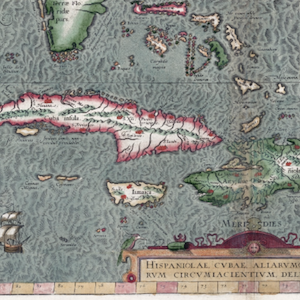
Digital Library of the Caribbean
Educators, students, and scholars interested in understanding the strategic conflicts between European powers, the experience of Africans during the transatlantic slave trade, the emergence of the modern capitalist system, and the rise of neoliberalism would find in dLOC a wealth of content to draw from for their studies and projects.
Victoria and Albert Museum
The video series How Was it Made? demonstrates a variety of craft methods: Japanese hikihaku obi, medieval stained glass windows, and book printing and binding.
Freedom on the Move
Freedom on the Move is a crowdsourced, multi-institutional effort to create and maintain a database of ‘runaway ads’.
Consolation Prize
Consolation Prize is a fantastic podcast that comes highly recommended for anyone who has an interest in American history, or even for those who just enjoy well-told, solidly researched stories.
Anna Julia Cooper Collection
A highlight of the Collection are articles written and published by Cooper.
Enslaved Archive
The site also contains narratives and photographs of twelve slave interviews conducted as a part of the Federal Writers Project in 1937.
Southeast Asia in the Ming Shi-lu
A legendary repository for scholars of Southeast Asia and researchers interested in the Chinese World Order, Southeast Asia in the Ming Shi-lu is a veritable treasure trove of information on a dynamic region during a period of transcendental change.
Coins
Well worth its weight in gold—or silver seeing as most of the coins in the collection were made out of it—Coins is perhaps the pre-eminent example of digitisation and visualisation done right. It synthesises academic rigour, curatorial thoroughness, and a spirit of playfulness to bring cold, hard cash to life.